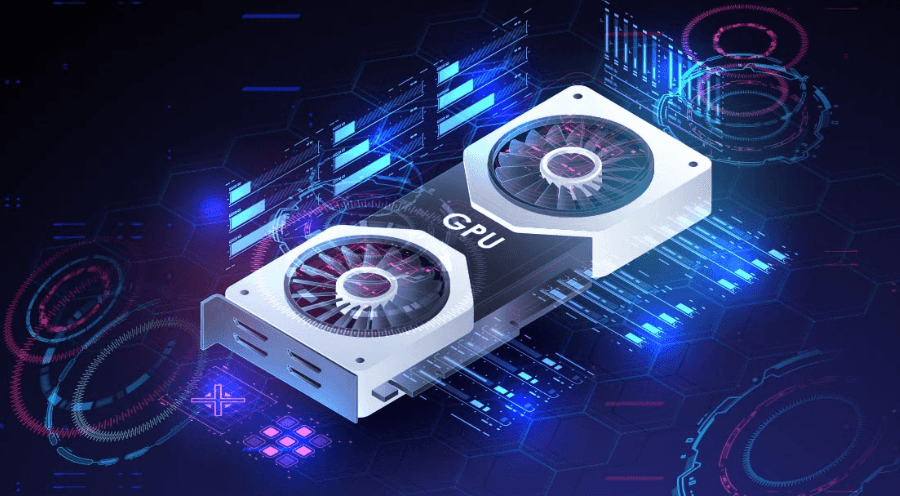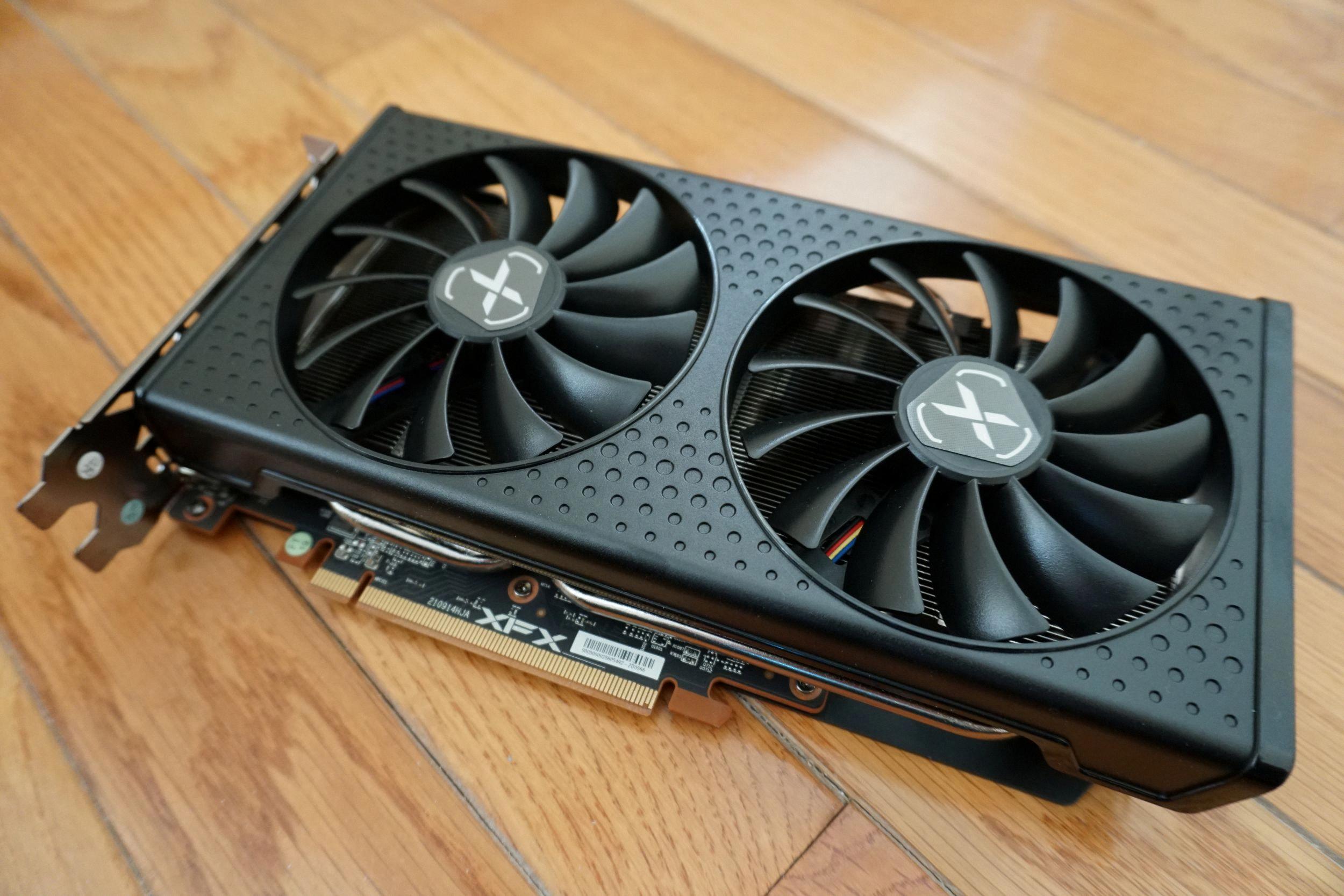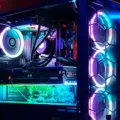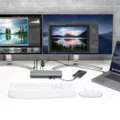A graphics card is an essential component of a computer system that is responsible for rendering visual content on the computer screen. It is a specialized processor that is designed to handle complex 3D graphics, animations, and video playback. A graphics card is an important part of a computer system, and it is crucial to ensure that it is functioning correctly.
If you are experiencing display issues, such as blurry or distorted images, or if your computer is freezing or crashing frequently, it may be time to reset your graphics card drivers. Resetting the graphics card drivers can help to resolve these issues and restore the proper functioning of your computer.
To reset your graphics card drivers, you can follow these simple steps:
Step 1: Open Device Manager
To open Device Manager, right-click on the Start button and select Device Manager from the menu.
Step 2: Click on Display Adapters
In the Device Manager window, click on the arrow next to Display Adapters to expand the list of graphics cards installed on your computer.
Step 3: Uninstall the Graphics Card Driver
Right-click on the graphics card driver that you want to reset and select Uninstall from the context menu. Confirm the action by clicking on Yes.
Step 4: Restart Your Computer
After the driver is uninstalled, restart your computer. Windows will automatically reinstall the graphics card driver upon restart.
Benefits of Resetting Your Graphics Card Drivers
Resetting your graphics card drivers can help to resolve a range of display issues, such as blurry or distorted images, freezing, and crashing. It is a quick and easy fix that can save you time and frustration.
Resetting your graphics card drivers is a simple process that can help to restore the proper functioning of your computer. If you are experiencing display issues, try resetting your graphics card drivers before seeking professional help. By following the steps outlined above, you can reset your graphics card drivers and get your computer back to functioning correctly.

Resetting an NVIDIA Graphics Card
To reset your NVIDIA graphics card, you can follow these steps:
1. Right-click on your desktop and select Nvidia Control Panel.
2. Click on Manage 3D Settings.
3. In the upper-right corner, click on Restore Defaults.
This will reset your graphics card to its default settings, which can help resolve any issues you may be experiencing. It’s important to note that resetting your graphics card will also reset any custom settings you have applied, so you may need to reconfigure your settings after the reset. Additionally, if you’re experiencing persistent issues with your graphics card, you may want to consider updating your drivers or seeking further assistance from NVIDIA customer support.

Resetting a Graphics Card
There is a way to reset a graphics card. One possible method is to open Device Manager on your computer. You can do this by pressing the Windows key and searching for “Device Manager” in the search bar. Once you have opened Device Manager, look for the “Display Adapters” section and click on it. This will show you a list of all the graphics cards installed on your computer.
Next, right-click on the graphics card you want to reset and select “Uninstall” from the drop-down menu. You may be prompted to confirm the uninstallation, so make sure to follow the on-screen instructions carefully. Once you have uninstalled the graphics card driver, restart your computer.
After the restart, your computer will automatically reinstall the graphics card driver. This should reset the graphics card and resolve any issues you were experiencing. If the problem persists, you may need to update the graphics card driver to the latest version or seek further technical assistance.
Resetting a graphics card involves uninstalling the graphics card driver in Device Manager and restarting your computer. This will trigger an automatic reinstallation of the driver, which should reset the graphics card and resolve any issues.
The Effects of Resetting a Graphics Card
Resetting your graphics card can have a significant impact on your computer’s performance. When you reset your graphics card, you are essentially restarting the driver software that controls how your graphics card interacts with your computer’s operating system and applications. This can help to resolve a variety of issues, including display problems, crashes, and performance issues.
Some of the specific benefits of resetting your graphics card include:
1. Improved performance: Resetting your graphics card can help to optimize its settings and improve its performance, which can result in smoother and faster graphics processing.
2. Fixing display issues: If you are experiencing problems with your display, such as distortion, flickering, or other issues, resetting your graphics card can often help to resolve these issues.
3. Resolving crashes: If your computer is crashing frequently or experiencing blue screen errors, resetting your graphics card can often help to resolve these issues by resetting the driver software.
4. Addressing compatibility issues: If you have recently installed new hardware or software on your computer and are experiencing compatibility issues with your graphics card, resetting it can often help to address these issues and restore compatibility.
Resetting your graphics card is a relatively simple and effective way to optimize your computer’s performance and resolve a variety of issues related to your graphics card.
Conclusion
A graphics card is a vital component of any computer system that is responsible for rendering images, videos, and other graphical content. It is essential to ensure that your graphics card is running smoothly and efficiently to avoid any display issues, such as lag, stuttering, or low-quality graphics. Resetting your graphics card drivers or restarting your graphics driver is an effective way to fix any display issues that you may encounter. Furthermore, keeping your graphics card drivers updated can significantly improve your system’s performance and enhance your overall computing experience. Therefore, it is crucial to take good care of your graphics card to ensure that you get the best possible performance from your computer system.








